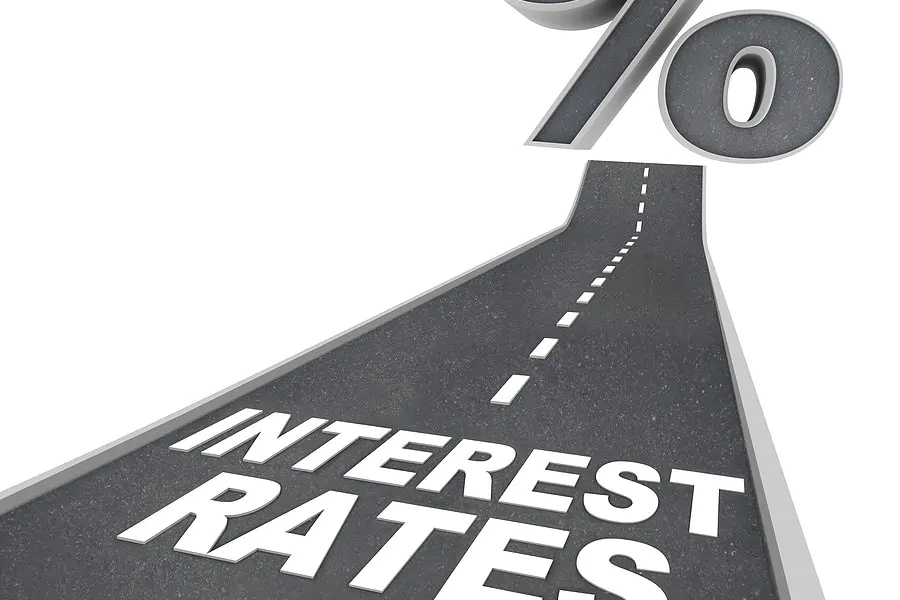
It follows the release of last month’s Consumer Price Index (CPI) by the Australian Bureau of Statistics (ABS) which indicated national inflation slowed in the 12 months to February to 6.8 per cent, down on January’s 7.4 per cent figure.
Anneke Thompson, chief economist at CreditorWatch, described last month’s CPI as the first time the RBA has “faced a set of data that gave it no clear indication of which way to move.”
In her eyes the RBA’s decision buys the central bank “one more month to assess incoming data before inflicting any more pain on Australian borrowers.”
Despite central banks across Europe and the United States of America continuing their rate increasing cycle, Ms Thompson explained “the Australian economy is particularly sensitive to interest rate rise due to the volume of borrowers on or soon moving to variable interest rates.”
“This relatively unique factor is probably the main one allowing our central bank to pause, where others are still tightening,” she said.
Building on this, Eleanor Creagh, PropTrack senior economist, outlined, that “there’s also evidence that the substantial tightening already pushed through is weighing on households.”
“Further, it takes time for the higher interest rates to fully impact household cash flows. In this tightening cycle, with so many borrowers having taken advantage of record-low fixed rate mortgages throughout COVID-19 yet to feel the full impact of rate rises, this is especially the case,” she said.
An April cash rate pause does not slam the door shut on future rate increases, with the expert stating the RBA “has left headroom to further increase the cash rate next month if conditions deem necessary.”
LJ Hooker Group’s head of research, Mathew Tiller said the cash rate hold will “give buyers a bit of a nudge to start looking, knowing we may have now passed the bottom of the market,” adding, that “they will be able to go to the banks and set a longer-term budget.”
The Board’s decision comes off the back of improving fortunes within the real estate sector across March. CoreLogic’s latest Home Value Index (HVI) rose for the first time in 10 months last month, up 0.6 per cent, buoyed by a 1.4 per cent increase in the nation’s most populous city, Sydney.
Tim Lawless, CoreLogic research director, explained several factors placing upward pressure on prices existed within the national market, including extremely tight rental markets, low supply, and increased overseas migration demand.
Tim Lawless, CoreLogic research director, explained several factors placing upward pressure on prices existed within the national market, including extremely tight rental markets, low supply, and increased overseas migration demand.
Author: Kyle Robbins
Source: realestatebusiness.com.au